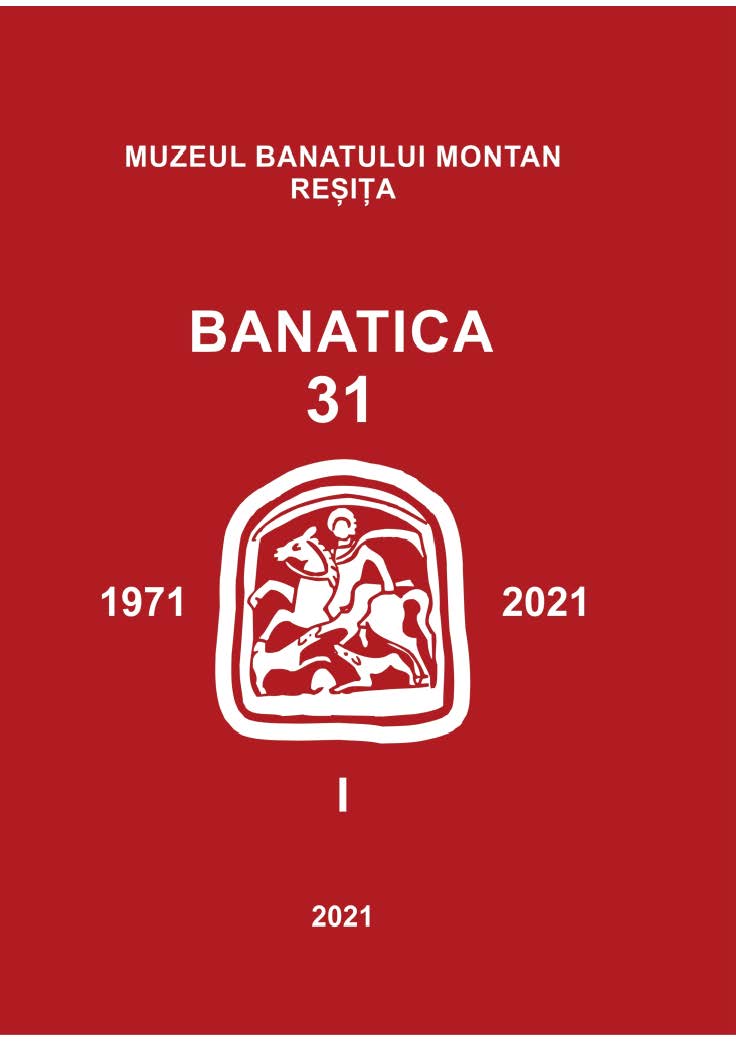EXPLOATAREA ANIMALELOR ÎN AŞEZAREA DE EPOCA BRONZULUI (CULTURA TEI) DE LA MILITARI – CÂMPUL BOJA (BUCUREŞTI)
ANIMAL EXPLOITATION IN THE BRONZE AGE SITE (TEI CULTURE) FROM MILITARI - CÂMPUL BOJA (BUCHAREST)
Author(s): Georgeta El SusiSubject(s): Archaeology, Ancient World
Published by: Editura Mega Print SRL
Keywords: Tei culture; archaeozoology; animal breeding; hunting; worked bones;
Summary/Abstract: Although, there are plenty of archaeological data about Tei settlement (Middle Bronze Age), information are scanty under paleoeconomic report, which is why we decided to publish the bones from the 2014' campaign. Our sample cumulates 72 pieces, plus another sample from the same site totaling 204 fragments (Table 2). As indicated by the distribution of species (Table 1, Fig. 1), of the 72 bones, 15 are unidentifiable and 53 are precisely determined. Four deer horns show traces of processing/ use. Comparing the data between the two tables, we found a couple of common features as: a little rate of the wild taxa, a diminished dog rate, a significant rate of the horse. On the other hand, given the small samples, the frequencies of domestic mammals largely vary between samples, that is difficult to interpret them. 38 bones (71.7%) originate from five cattle (35.72%). A few measurements indicate quite robust specimens (presumably bulls); in the light of the sample from Popeşti (another Tei site), cows appear to be more thin and shorter. Generally speaking, cattle from the Tei settlements were pretty tall (102.5 to 131 cm, Mean=121.3 cm; N=3), powerful, with a visible sexual dimorphism. The five specimens were killed in the following stages: two individuals between 2-2.5 years, one around 2.5-3/ 3.5 years, another between 6-9 years and another (the geld) beyond 3-4 years. The cattle using at traction has been suggested, primarily by a metacarpus from a castrated individual, and by two phalanges with exostoses (Fig. 3/ c). There are the same pieces that highlight perforations on the plantar side (Fig. 8/ c). Maybe they were used as handles for tools. Six bones (11.32% as NISP) were assigned to three pigs (21.43% as MNI), slaughtered between 2-2.5 years (an individual) and 3-3.5 years (two individuals). The few measurements suggest relatively robust individuals, mating with wild boar is likely. A single wither height of 78.37 cm was evaluated in light of the sample from Popeşti (Fig. 5). Four bones belong to small ruminants (7.55%) from three individuals (21.43%). It is a goat and two sheep that were butchered under two years and between 4-6 years. With respect to the waist, estimations of 73.7 cm (sheep) and 67.8 cm (goat) were assessed (Fig. 6), taking into account the 2000’ assemblage. Three bones (5.67%) originate from one horse (7.14%) having achived the grown-up stage (7.14%). It is a jaw part, a fourth metatarsal and proximal phalanx. The last piece has a modest length of only 74.5 mm. Subsequently, in Fig. 7 is demonstrated the variation of the GL of the first phalanx in sites from the Middle and Late Bronze Age cultures. Agreeing that picture, it can be presumed that our piece originates in a small specimen. The sample of 2014 contains a single dog radius damaged in the past. A single badger scapula belongs to wild mammals. Description of some bones and horns with traces of processing/ use (Fig. 8) completes the article. Toward the end of the article there is a discussion about the animal farming of the Middle Bronze Age sites from south, southeast and southwest of the country, in the light of the most recent fauna examinations; the frequencies of the species are emphasized on Fig. 9.
Journal: BANATICA
- Issue Year: 1/2021
- Issue No: 31
- Page Range: 49-64
- Page Count: 16
- Language: Romanian

